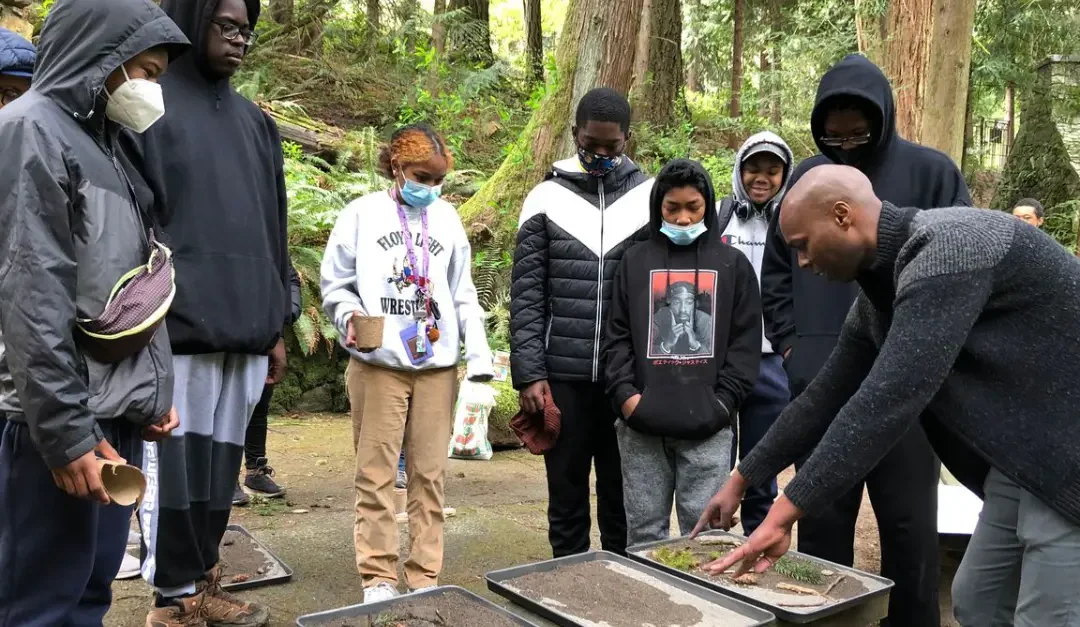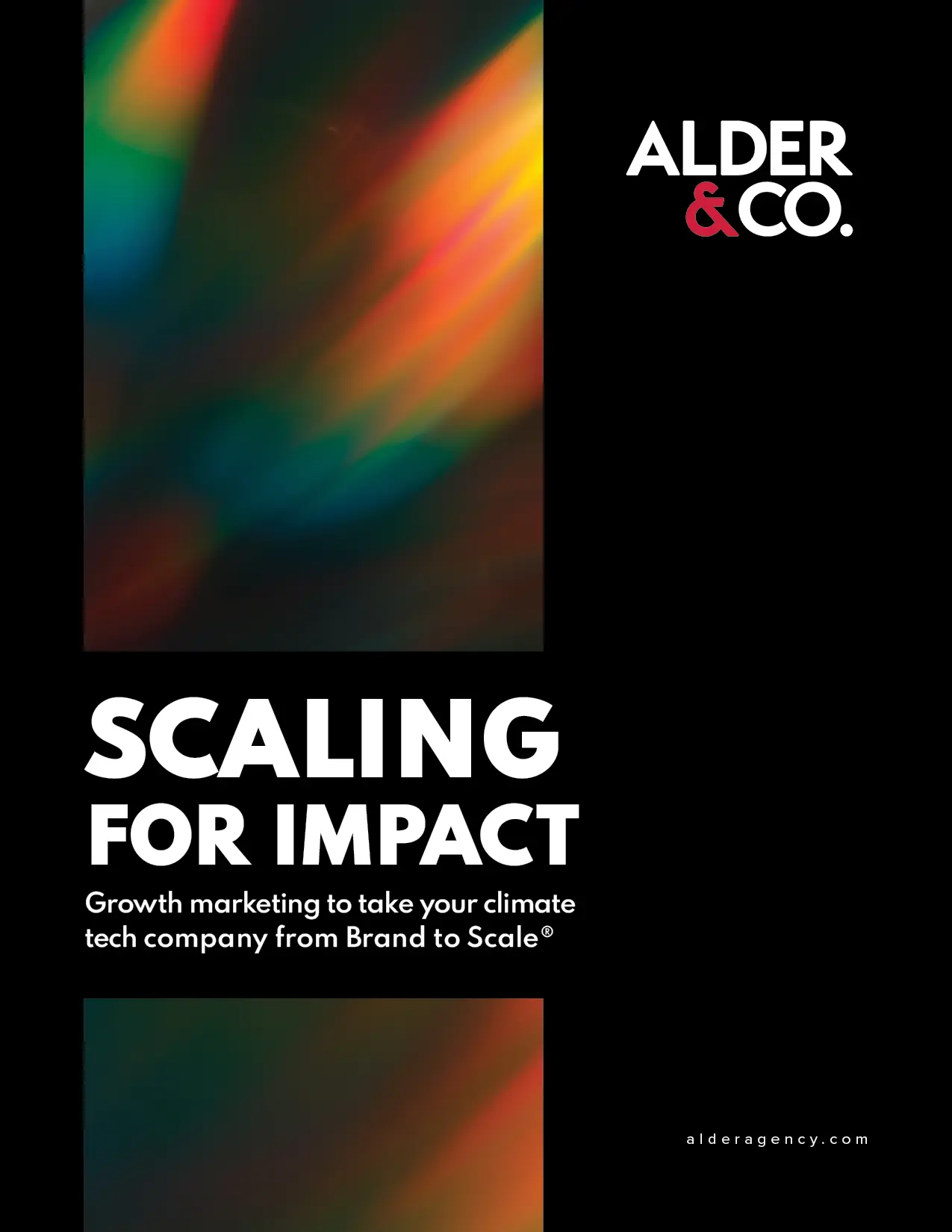What to consider when building a foundation of marketing tech tools
A marketing stack, also known as a marketing technology stack or MarTech stack, is a group of software applications that companies combine to manage and improve their marketing.
MarTech is meant to make our lives as marketers easier by improving our productivity, automating processes, and giving us better data. But with more than 8,000 tools available on the market, just how would you know which ones to choose, and which ones are going to be right for your climate tech company? This is exactly what our panelists answered in our recent webinar: “Defining Your Marketing Tech Stack.”
Amanda Luchetti, the co-founder of Dayani, a UX design and innovation studio suggests focusing on your business strategy first. Start with your business and marketing goals and put your customer’s journey at the heart of your tech stack design.
“Focus on getting your business and marketing strategy set”, said Amanda. “Have your goals in place, really have a grasp of, what is that ideal customer’s journey like? What are those different touchpoints between your company and those people?”
Building your MarTech stack is never going to be one size fits all. Every company is different and you’re going to be constantly changing different tools because finding the right tools is a process. However, Amanda recommends considering the following foundational tools:
Engagement
- Website + Content Management Systems (CMS)
- Email marketing software
- Social media marketing software
Operations
- Customer Relationship Management (CRM) software
- Project management tool
Insights
- A/B testing
- Website analytics
- Customer Experience Software
Your tech stack is dependent on your needs and the constantly evolving MarTech tools available in the market. Be open to trying out different tools and doing your research to find the ones that might fit the needs of your climate tech company.
Ted Dillon, Director of Marketing at Clean Energy Ventures, a VC firm investing in early-stage climate tech startups, shared his advice. When starting out with your tech stack, Ted suggests focusing on extendibility, upkeep, and cost.
- Extendibility: Although start-ups are most often starting with less than 20 employees, it’s important to consider your growing team when it comes to building your tech stack. You should try and set a foundation that can expand as the team expands.
- Upkeep: Choose tools that are versatile and can still be relevant when your team and departments grow. Make sure that you’re not putting more tools in place than you need at this stage. Keeping it simple and versatile will allow you upkeep your tech stack through your different growth stages.
- Cost: Within early-stage startups Ted suggests sticking to free tiers where you can and only moving up to paid tiers when your budget grows.
Ted explains, “early on when you have a limited marketing budget, I would prioritize things like going to events and having a good trade show presence. That’s where the sales team is going to be the most successful and that’s where you want to put your budget. Look for free tools that you can put together right now that will give you a strong foundation. And then two years later when you’ve raised another round of funding or you’ve doubled your revenue and are still growing quickly, you can start to stack on those paid tiers of a lot of these platforms to get you to the next level of insights.”
Ted’s recommendation of foundational tools with comprehensive free tiers:
- WordPress
- Mailchimp
- Google Analytics
- HubSpot
- Google Ads
- LinkedIn Marketing
- Google Optimize
- Muck Rack
- Talkwalker
Sarah Kim, the VP of Marketing at Aurora Solar, a solar software provider on a mission to create a future of solar energy for all, shared her knowledge from the perspective of a high-growth climate tech company. According to Sarah, the ability to integrate with your existing tools and your team’s skills to operate the technology are just as important as product features.
When thinking about building your MarTech stack within a larger company that’s in a growth stage, you need to make sure that your team, both existing and new, have the skills to operate the tools. You need to also make sure that the different tech stacks that various teams own can interact and integrate.
“If you’re in a startup world, people are coming and going as the company evolves,” says Sarah. “The people who built the early technology may not even be there. You may have had an intern who did the social media and they’re not here anymore. The ecosystem is constantly moving and it’s very dynamic so you have to make sure that it doesn’t build out to be like a ‘Frankenstack’, I think, is the term that the industry uses.”
For a sneak peek at Aurora’s MarTech stack, check out slide 11 from the webinar deck.
For the full conversation, watch the recorded webinar here.
Written by

Kali Hailegiorgis
Kali is a marketing and business apprentice at Alder & Co. She supports various projects, including conducting market research, writing thought leadership blog posts and social media.


